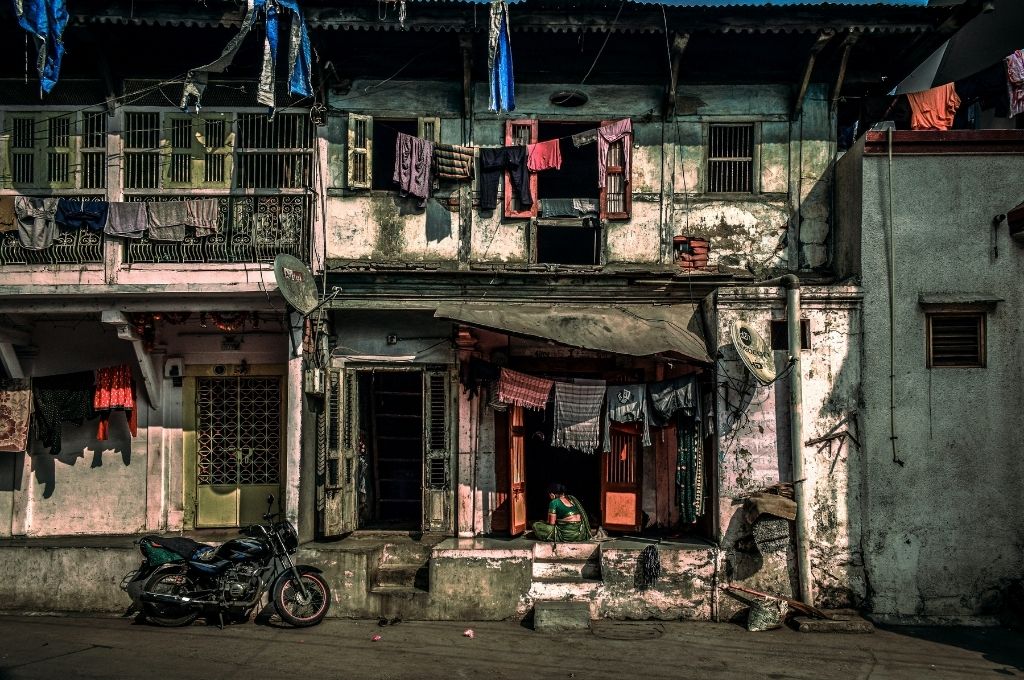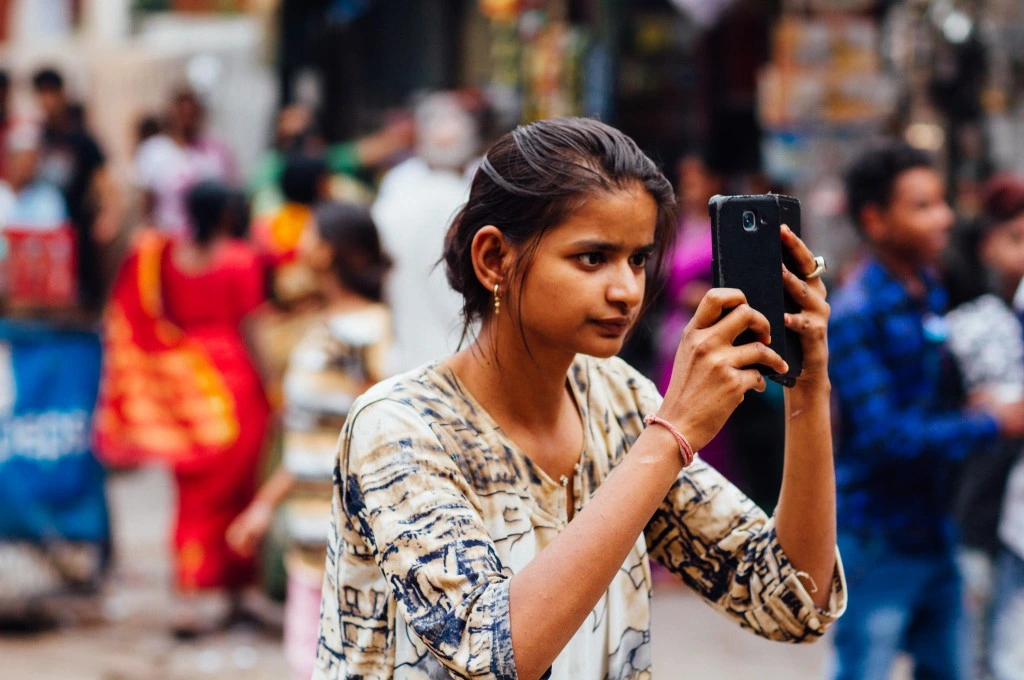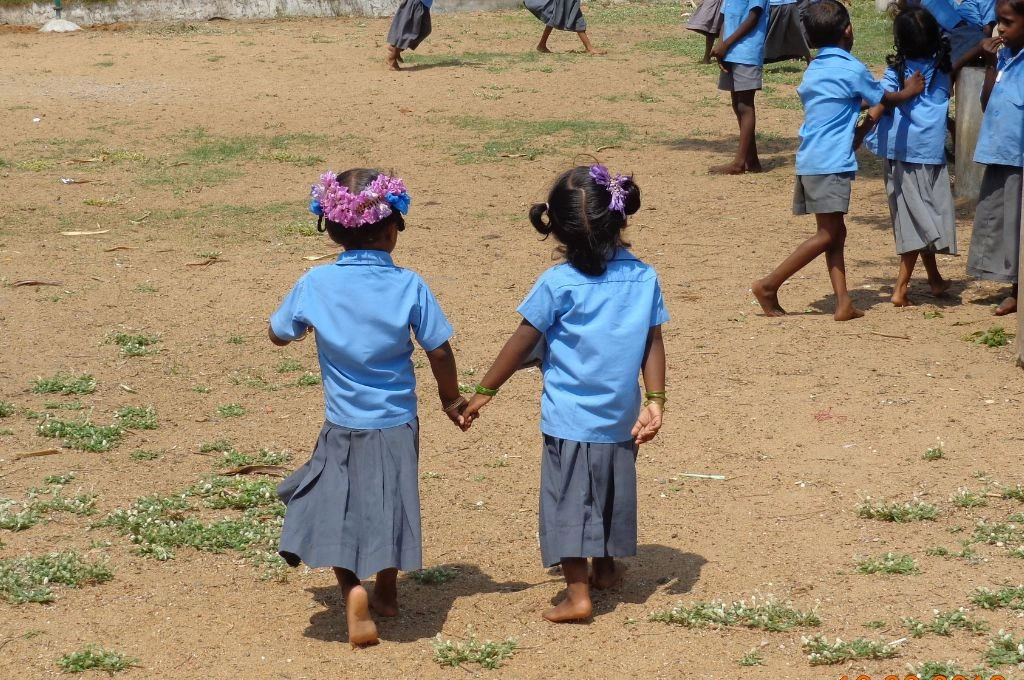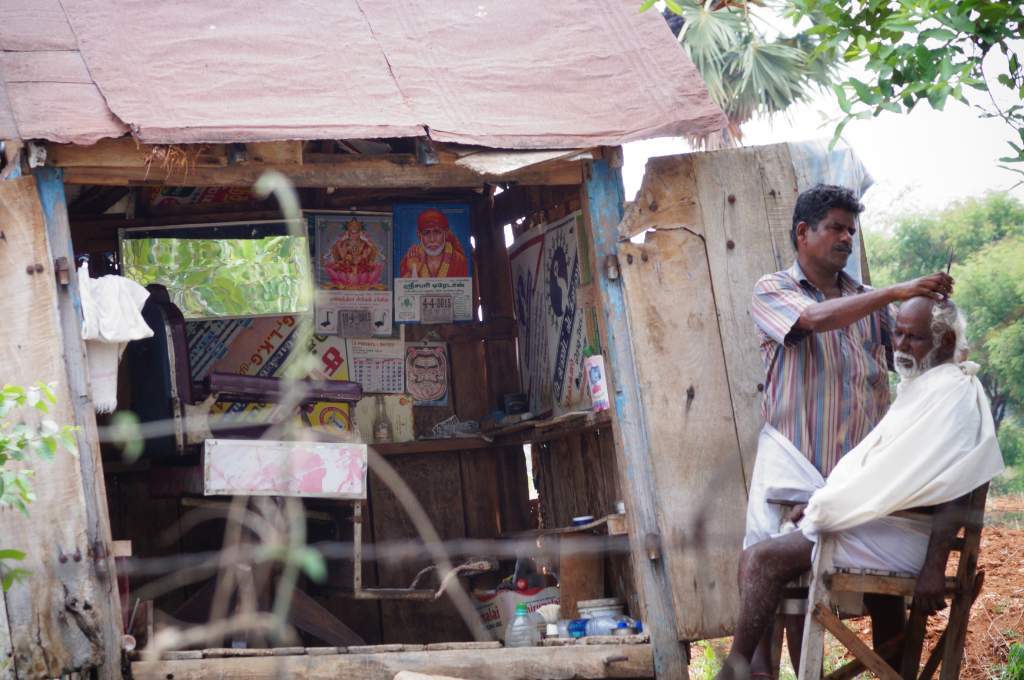Chandni Khatoon’s (26) family gets 9 kg of wheat and 6 kg of rice in a month from the ration shop. To feed his daughter, wife, three sons, a daughter-in-law and two grandchildren, her father buys 25 to 30 kg of rice in a month at its retail price.
“We get chana now [since the lockdown], but just 1 kg in a month. Everything else (dal, oil, spices) we buy from the shops here,” she told IndiaSpend. The family prefers rice to rotis, and occasionally eats pulses, meat and vegetables, “when we can afford it,” Chandni said.
Not counting the two toddlers in the household, 45 kg of rice for the seven adult members in a month translates to 214 grams of cereal per day which is less than the 345 grams recommended by the Indian Council of Medical Research. The family lives in a three-room dwelling with mudwalls, and their chief source of income is from Chandni’s father’s cycle rickshaw, and is complemented by Chandni’s job as a domestic worker. Would Chandni’s family be among India’s officially poor?
There are 269.3 million people living below the poverty line in the country, as per official estimates. They are entitled to a range of benefits, such as subsidised food grain, housing and credit schemes. An accurate estimate of the number of poor is required not just for deciding the number of beneficiaries for welfare schemes but also for determining the minimum wage, said Manjula M., an economist at the Azim Premji University in Bengaluru.
Income, consumption or lack of “capabilities”: What makes a person poor in India?
Chandni, who works as a domestic help in Prayagraj, makes Rs 8,000 in a month. Her father earns Rs 10,000-Rs 15,000, while her three brothers bring in Rs 10,000 to Rs 11,000 between them.
While they do get subsidised grain from the Uttar Pradesh government (the criteria for identifying the urban poor vary from state to state as we explain below), the family’s earnings in a good month are sufficient to keep them above the official poverty line, as calculated by the Tendulkar Committee. The line is fixed at Rs 816 per person per month in rural areas and Rs 1,000 per person per month in urban areas. However, this statistical fact has very little bearing on their life.
None of Chandni’s siblings can read or have gone to school. When they need medical attention, her family has to choose between forgoing a day’s wages and queuing outside the Motilal Nehru Divisional district hospital in Prayagraj, or going to a private clinic a short distance from where she lives. Unless the disease is serious (like the myolipoma, a benign tumour made of fat stored in muscular tissue, that Chandni has), the family prefers the neighbourhood clinic. Chandni’s daughter was born at home in the presence of a midwife, as were the children of her brother. The city’s famous schools do not admit residents of their neighbourhood, and the ones nearby are prohibitively expensive, said Chandni, so her daughter and nephew attend classes at the mosque like their parents did before them.
The poverty line is based on the expenditure required to maintain a minimum level of health, education and nutritional outcome, an improvement over the older methodology that relied solely on the calories consumed. However, it does not consider if amenities, such as good quality education and healthcare, are available to all, a problem that Chandni’s family faces.
The poverty line is not about access.
“The poverty line is not about access. The rupee value of the minimum expenditure on food, education, health, etc. required to maintain the minimum acceptable standard of living is calculated using the NSSO (National Sample Survey Office) data on consumer expenditure. Access comes into the picture when we talk about deprivation,” explained Manjula.
Urban deprivation criteria still not defined: Experts
The Tendulkar poverty line, although official, is not the only criterion used to identify beneficiaries for welfare schemes.
“Beneficiaries for welfare schemes that have a target for the number of beneficiaries (like the Public Distribution System, Ayushman Bharat, etc.) are decided based on the resources allocated to them, which is why the criteria differ for each scheme, resulting in different numbers of beneficiaries,” explained N.C. Saxena, former member of the Planning Commission of India and chairman of the committee on the Below Poverty Line Census for rural areas which determined the conditions that make a person poor in rural areas. The Public Distribution System for food covers nearly 67% of the population, we had reported in March 2022.
Households are included in the category of deprived or vulnerable if they fulfil certain conditions called the deprivation criteria. These criteria were determined separately for rural and urban areas.
The Ministry of Rural Development and Ministry of Housing and Urban Affairs (formerly Ministry of Housing and Urban Poverty Alleviation) conducted separate exercises in 2010 and 2012, respectively, to determine the conditions that make a person poor in rural and urban areas. The rural Socio-Economic Caste Census found that 107.4 million of the 179.7 million rural households (or 59.76% of them) were deprived, based on the criteria defined by the Saxena committee.
The urban poor were to be identified by the S.R. Hashim Committee, which submitted its report in 2012 but the report was put in cold storage, said Pronab Sen, one of the members of the committee.
The criteria for identifying the urban poor were never specified.
“The criteria for identifying the urban poor were never specified. Because of this, what is happening in the urban areas is that we have a very fuzzy picture of poverty on the basis of which ration cards are issued,” he said.
Effectively, the conditions for including an urban family like Chandni’s, which depends on her earnings as a domestic worker and her father’s earnings as a rickshaw puller, as poor, are not specified.
IndiaSpend wrote to the housing and urban affairs ministry, but has not received a response. This story will be updated when they respond.
The Hashim committee report lists three kinds of vulnerabilities: occupational, residential and social. A family like Chandni’s who lives in a slum and performs low-productivity jobs that do not pay enough would qualify as “vulnerable” as per these criteria.

How many Indians are poor?
Estimates of the number of poor people differ by methodology.
Based on the Tendulkar poverty line, there were 269.3 million poor people in 2011-12 (down from 407 million in 2004-05) in India, of which 216.5 million are in rural areas (down from 326.3 million in 2004-05) and the remaining 52.8 million in urban areas (compared to 80.8 million in 2004-05). Poverty declined at a pace of 2% every year in the seven-year period, as measured by the Tendulkar committee.
An expert committee headed by former Reserve Bank of India governor C. Rangarajan revised the poverty line and put the number of poor people at 363 million in the same year, with 260.5 million in rural areas and 102.5 million in urban areas. The committee also increased the poverty line to Rs 972 in rural areas and Rs 1,407 in urban areas. The Rangarajan committee’s findings were not adopted as the official poverty line.
Both these expert groups’ recommendations were based on the minimum expenditure required per month to eat a specific number of calories; buy clothes, books, etc.; pay rent and attend school or college.
The latest consumer expenditure survey results were held back by the government in 2018-19. Until the next round’s data are available, the poverty line cannot be revised.
The NITI Aayog’s National Multidimensional Poverty Index (MDPI) estimates that a quarter of the Indian population (322.5 million of the projected population in 2016) was “multidimensionally” poor in 2015-16. This index considers outcomes (has the person completed six years of schooling, do they have access to drinking water, do they own assets, etc.) rather than expenditures on nutrition, health and education.
Consumption-based, socio-economic census or multidimensional poverty?
An income or consumption-based poverty line serves the purpose of tracking decline in poverty. It does not convey any information about how vulnerable the people just above the poverty line are.
The rural and urban socioeconomic censuses were meant to identify the conditions that make a person poor, whereas the MDPI is a statistic calculated to tell us how many poor people there are in India and how poor they are.
“The MDPI is a satisfactory indicator of poverty because it takes into account consumption, access to health and educational facilities and the availability of a shelter. A consumption-based poverty line is also acceptable for rural areas but not for urban areas as there is limited access to health and education facilities and housing in cities,” explained Saxena.
If an alternative definition of poverty is adopted, Chandni’s family—who are deprived as per the criteria for deprivation given by the Hashim committee, and poor on 10 of the 12 dimensions of the MDPI—would be included in the poverty numbers.
This article was originally published on IndiaSpend, a data-driven, public-interest journalism nonprofit.






